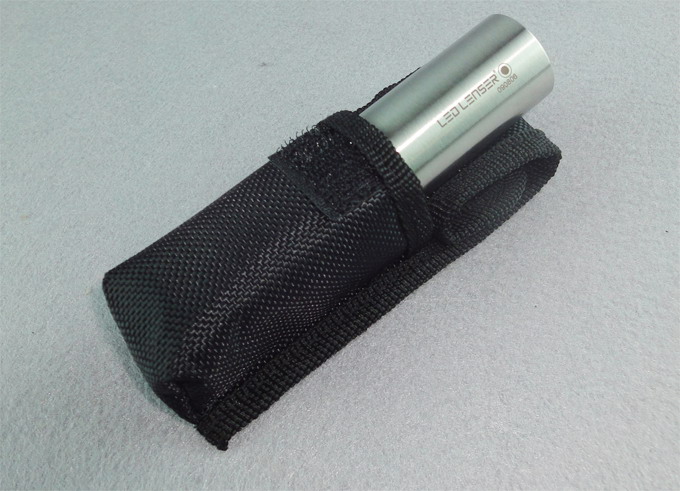

The average recommendation seems to sit in the 700 F range though (370 C). Online, the suggested temperature your brass needs to get varies a bit, ranging from 600 to 800 degrees Fahrenheit (that’s 315 to 420 Celsius for us in metric land). Something you don’t really want when it’s meant to be directing and controlling and explosion. So, we are talking high temperatures for brief periods of time. Under-anneal, and no real benefit will occur, over-anneal, and you risk over softening your brass. We don’t want to harden the metal any more than it already is. Both can be considered forms of Heat Treatment, but, with the risk of oversimplify matters – Tempering takes the metal to a lower temperature and tends to harden metals, Annealing is a shorter, hotter process and softens them. Brass Annealing TheoryĪnnealing is often confused with Tempering.

Not ideal when we are talking about a controlled explosion happening very close to your face. Brass Annealing is the process of ‘rejuvenating’ the brass which has the result of prolonging brass life and increasing consistency. It’s basically (and literally) stress relief for your brass. Much like a thin piece of steel – if you bend it back and forth enough times, the metal will eventually snap. At the extreme end of things, this means the potential to split instead of expand in the chamber and on the more common end, it means inconsistency when reloading in regards to neck tension. 308, I decided to grab some new Lapua brass and straight out of the box, you could see the discolouration on the neck. So, what is annealing, what is the effect it has on brass and is it something worth considering adding to your reloading process? Work Hardeningīrass, like most metals, will become ‘work hardened’ with repeated use – that is, as you repeatedly stretch and then resize brass (firing, reloading), over time it becomes harder and more resistant to being worked. This seems to be a marketing decision.įor my. The reality is, all new factory brass has had this treatment done to it, but some manufactures will polish their cases after the process to ensure their brass looks shiny and new. The process that causes this is Brass Annealing.

Essentially, it looks like the end of the brass has been burned or ‘charred’. Occasionally you will see some ammo that has a distinctive discolouration around the neck and shoulder of the case. Understanding Brass Annealing – all brass is.
HOT BRASS CASING BURN SERIES
In the first part of a series on annealing – we will cover off exactly what annealing is and what it does, in the second, we will cover off a couple of specific methods to anneal and finally, my current methodology.


 0 kommentar(er)
0 kommentar(er)
